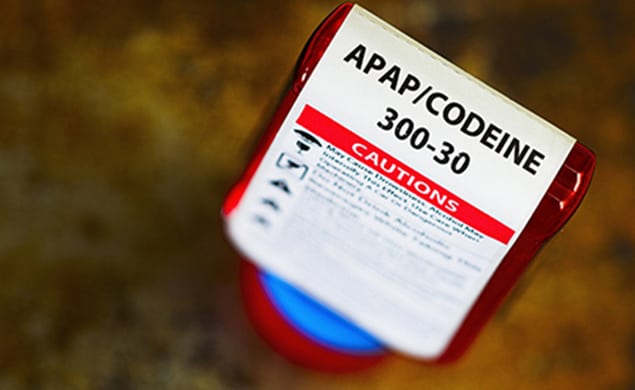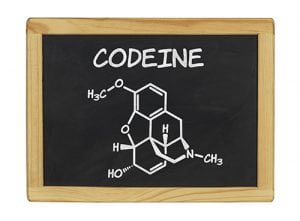
Learn more about Codeine and its uses, side effects, and more.
Considered the most widely used narcotic drug in the world, codeine is an opioid medication primarily used to treat mild to moderate pain. Available as Tylenol 3, it’s also classified as a depressant drug, meaning that it affects how messages are sent from the brain to other parts of the body. Sometimes taken as a liquid, codeine is usually consumed orally.
- Generic names include paracetamol, ibuprofen and codeine, aspirin and codeine, and doxylamine
- Brand names include Aspalgin, Nurofen Plus, Deadpanned Forte, and Mersyndol
CONTACT US TODAY
Uses
Codeine is often combined with other medications to treat or manage various types of pain. It’s also widely routinely used as a cough suppressant. Less analgesic than morphine, codeine is frequently an addition to other muscle relaxants and pain medications. Dosages usually don’t exceed 60 mg and should not go beyond 240 mg within a 24-hour period. Codeine is not meant to be used by individuals with chronic high blood pressure or those with heart issues. It’s also used to treat other conditions, including:
- Severe pain when combined with paracetamol or aspirin
- Persistent, dry coughs
- Cold and flu, when combined with decongestants or antihistamines
- Treatment of irritable bowel syndrome
- Diarrhea
Side Effects
When used short-term and taken as prescribed, side effects related to codeine are generally mild. Drowsiness and dizziness are the most common side effects of codeine, although these effects can become more noticeable when alcohol is consumed while on medication containing codeine. Hives, severe rashes, respiratory issues, difficulty breathing, and tremors may result if a patient is allergic to codeine. Side effects may also include:
- Headaches
- Constipation
- Vomiting and nausea
- Dry mouth
- Increased anxiety or depression
- Reduced sex drive
- Euphoria
Tolerance and Dependence

Withdrawal Symptoms
Compared to other opiate drugs, withdrawal symptoms associated with codeine are generally mild. Withdrawal effects can be minimized when the process is supervised by medical professionals. It’s a process that often includes a slow reduction in the use of codeine-containing medication if the dependence is related to prescription use for a specific medical reason. Related codeine withdrawal symptoms can include:
- Increased cravings for more codeine
- Difficulty sleeping
- Persistent sweating
- Vomiting and nausea
- Irritability
- Fever and chills
- Cramps
- Fatigue
Codeine abuse and dependence isn’t as prevalent as it is with other opiates. When an addiction has developed through either an accidental dependence that started with prescription use for a valid medical issue or through intentional abuse, treatment often involves supervised withdrawal and detox and follow-up care to address related dependency issues.


